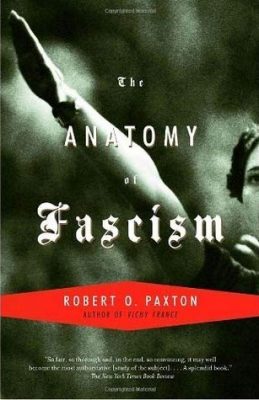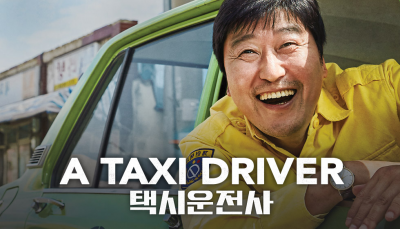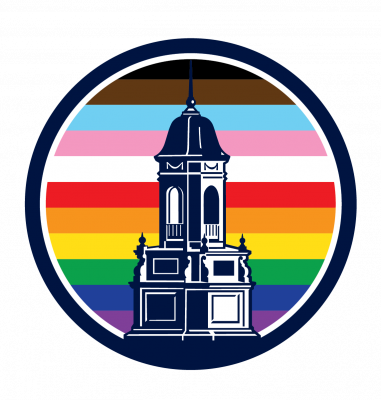
“You SHOULD…Look At: Pincushions”
“The method of reading material things as scripts aims to discover not what
any individual actually did but rather what a thing invites us to do.”
— Robin Bernstein, Racial Innocence: Performing American Childhood from Slavery to Civil
Rights (2011): 11.
“Round, filled with stuffing, and covered with shiny fabric, pincushions are ornamental objects despite their quotidian purpose. As household commodity, they embody a distinct home-tied intimacy. An object which dates back to the fourteenth century, pincushions were arguably in their heyday during the Victorian “cult of domesticity” era. In the mid- to late-nineteenth century, it was believed that having a tomato on the mantle would bring prosperity and wealth. A tomato pincushion served as a convenient facsimile when tomatoes were out of season.
For me, a pincushion immediately reminds me of my mother, a Japanese woman and military wife who used patterns bought at the Base Exchange to make my clothes. The pincushion she owned both fascinated and scared me. Bordered by eight clinging figures with identical faces and matching pony tails, my mother’s pincushion was strikingly “exotic.” But what scared me were the faces, which featured exaggerated slanted eyes and thin smiling mouths. Their faces were a constant reminder of my own difference as one of the few Asian Americans in my school. My non-Asian American classmates took considerable pleasure in highlighting that difference by “slanting” their eyes, asking if my family ate dogs, and telling me to “go back to where I came from.”
It was not until graduate school, when I made the fateful decision to shift my area of focus from Victorian literature to Asian American studies, that I came to see my mother’s pincushion as a historically-driven artifact. When Chinese immigrants were recruited en masse in the 1850s and 1860s to labor in mines and work on the western portion of the transcontinental railroad, they were met with great xenophobia and racial violence. Unlike their Irish counterparts, Chinese railroad workers – as so-termed “sojourners” — were not allowed to bring their families. As early as 1854, in People v. Hall, Chinese were – along with indigenous people and African Americans – prohibited from testifying against whites in the newly annexed state of California. After 1878, in a ruling issued by the Ninth Circuit Court in California, Chinese immigrants were denied the right to naturalize. And, in 1882, Congress passed what would – until recently – be the only immigration prohibition to name a specific ethnic group: the Chinese Exclusion Act.
Cast as inassimilable subjects, treated as disposable “coolies,” and depicted as a “yellow peril” Chinese immigrants faced considerable discrimination in the U.S. labor market. As Irish women moved out of the laundry business, Chinese men unable to find work, filled the void. They came to dominate – out of racialized necessity – the industry, a reality reflected in laundry service product advertising which repeatedly accessed a Manchu hair style (the queue) and traditional dress to economically depict “Chinese-ness.”
In closing, situated within a longue durée history of immigration and racialization, the pincushion my mother owned was both byproduct of and testament to fact that the United States – notwithstanding claims otherwise – was not always a welcoming “nation of immigrants.” Despite this, the very fact it was in her possession, coupled with its intimate connection to an Asian American childhood, accentuates a nostalgia that I cannot fully shake.”
–
Cathy J. Schlund-Vials
Associate Dean for Humanities & Diversity, Equity, and Inclusion
College of Liberal Arts and Sciences
Professor of English and Asian/Asian American Studies








